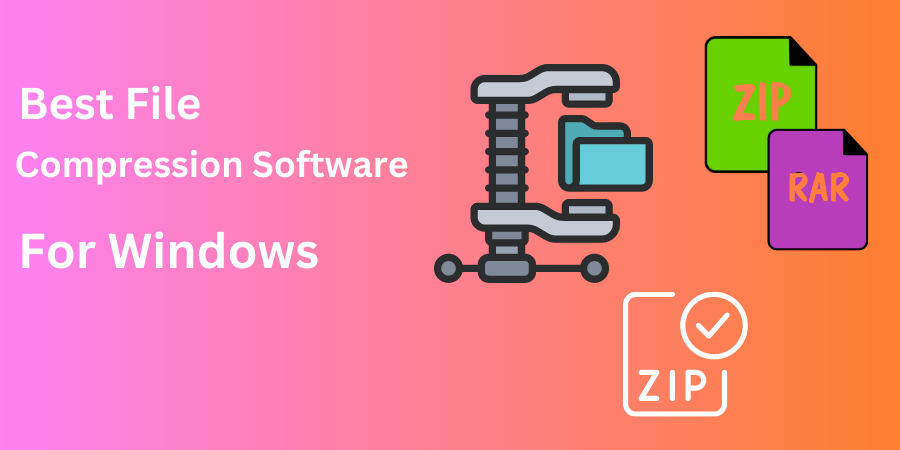

Where Do Files Go When They Are Deleted?
We create and accumulate vast amounts of data on a daily basis. Our computers, smartphones, and other devices store a multitude of files, from treasured photos and important documents to temporary downloads and cached data. But have you ever wondered what happens to these files when you hit the delete button? Do they simply vanish into the digital ether, or is there more to the story?
In this article, we'll delve into the intricate world of digital data management to uncover the truth about where files go when they are deleted.
The Digital Graveyard
Contrary to popular belief, deleted files do not disappear immediately. Instead, they find their way into what can be likened to a digital graveyard – the recycle bin or trash folder on your device. When you delete a file, it is typically moved to this designated location, where it remains until you decide to empty the recycle bin or trash. This approach offers a safety net for users, allowing them to recover files accidentally deleted or confirm their intent to permanently remove them.
File Deletion Mechanics
To better understand the journey of a deleted file, it's important to grasp the mechanics behind file storage. Files are stored on digital storage devices, like hard drives or solid-state drives (SSDs), as binary data, consisting of 1s and 0s. When you delete a file, the operating system doesn't immediately erase these 1s and 0s. Instead, it marks the space occupied by the file as available for future use, effectively flagging it as "unallocated."
This process is similar to removing a book from a library catalog but not actually discarding the book itself. The bookshelf space is now available for another book, but until a new book is added, the old one remains intact.
File Recovery
As long as the space once occupied by a deleted file is not overwritten by new data, there is potential for file recovery. Specialized software tools can scan the unallocated space and attempt to reconstruct the deleted file. The success of this process depends on several factors, including the file's size, how much time has passed since deletion, and whether the space has been overwritten.
In essence, when you delete a file, you're essentially telling your device that it's no longer needed and that the space it occupies can be reclaimed. Until that space is reused, the data remains recoverable.
Secure File Deletion
While standard file deletion methods may seem permanent to the average user, those with sensitive data often require more robust methods to ensure that files are truly irrecoverable. This is where secure file deletion tools come into play. These tools overwrite the space occupied by deleted files with random data, making it extremely difficult, if not impossible, to recover the original content.
Additionally, encryption plays a crucial role in modern data security. When files are stored in an encrypted format, even if they are somehow recovered from the unallocated space, they remain indecipherable without the encryption key.
Cloud Storage and the Mystery of Deletion
When we delete files stored in the cloud, such as on platforms like Google Drive or Dropbox, the process is somewhat different. These services typically move deleted files to a "trash" or "recycle bin" folder, similar to local storage devices. However, cloud providers may retain deleted files for a certain period before permanently erasing them. This retention period varies among providers and can range from a few days to several months.
This practice raises questions about the true permanence of file deletion in the cloud. It's essential to understand a provider's policies regarding data deletion to ensure sensitive information is handled according to your requirements.
in the last, files don't simply vanish into thin air when you delete them. Instead, they enter a state of limbo, residing in the unallocated space of your storage device until overwritten or, in the case of cloud storage, until the provider permanently erases them.
Understanding the journey of a deleted file is crucial for data management, privacy, and security. Whether you're an individual user concerned about personal photos or a business owner safeguarding sensitive information, knowing where files go when they are deleted empowers you to make informed decisions about data handling and disposal.
Popular articles
![Best way to upload and share your files on [2024] Best way to upload and share your files on [2024]](https://cdn.bestfile.io/images/blog/articles/VRYI82xLhDb7iXR_1661818381.png)
29-08-2022 08:02 PM

30-11-2023 04:48 AM

05-09-2023 05:35 PM

18-06-2023 09:42 PM

10-06-2023 02:36 PM
Categories

Comments (0)